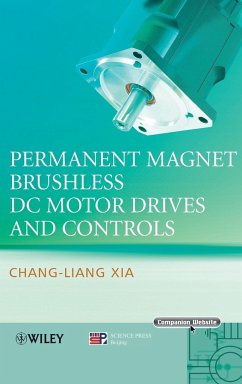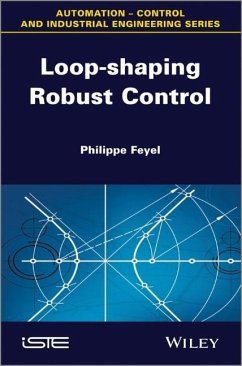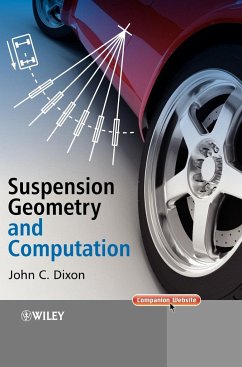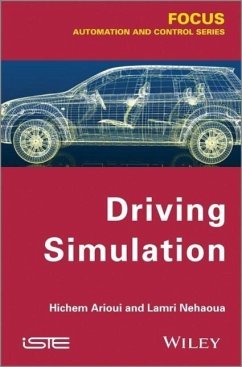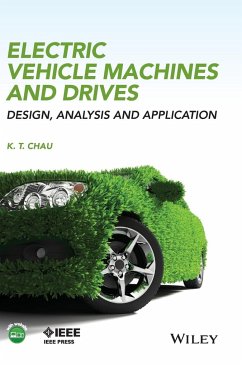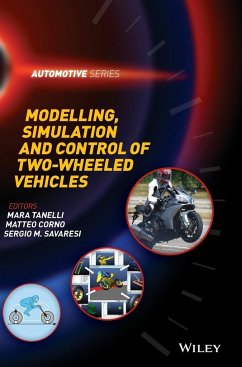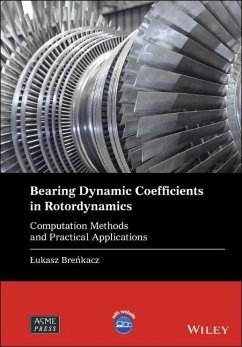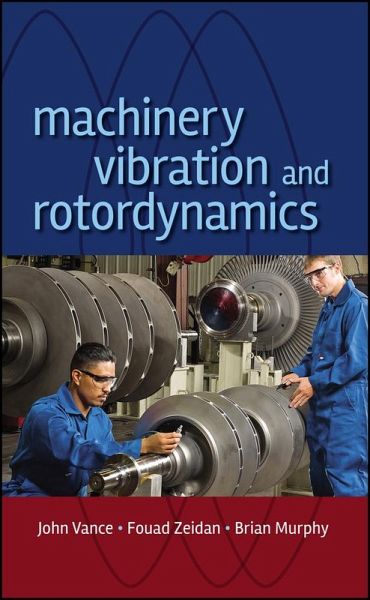
Machinery Vibration and Rotordynamics

PAYBACK Punkte
88 °P sammeln!
An in-depth analysis of machine vibration in rotating machinery Whether it's a compressor on an offshore platform, a turbocharger in a truck or automobile, or a turbine in a jet airplane, rotating machinery is the driving force behind almost anything that produces or uses energy. Counted on daily to perform any number of vital societal tasks, turbomachinery uses high rotational speeds to produce amazing amounts of power efficiently. The key to increasing its longevity, efficiency, and reliability lies in the examination of rotor vibration and bearing dynamics, a field called rotordynamics. A v...
An in-depth analysis of machine vibration in rotating machinery Whether it's a compressor on an offshore platform, a turbocharger in a truck or automobile, or a turbine in a jet airplane, rotating machinery is the driving force behind almost anything that produces or uses energy. Counted on daily to perform any number of vital societal tasks, turbomachinery uses high rotational speeds to produce amazing amounts of power efficiently. The key to increasing its longevity, efficiency, and reliability lies in the examination of rotor vibration and bearing dynamics, a field called rotordynamics. A valuable textbook for beginners as well as a handy reference for experts, Machinery Vibration and Rotordynamics is teeming with rich technical detail and real-world examples geared toward the study of machine vibration. A logical progression of information covers essential fundamentals, in-depth case studies, and the latest analytical tools used for predicting and preventing damage in rotating machinery. Machinery Vibration and Rotordynamics: * Combines rotordynamics with the applications of machinery vibration in a single volume * Includes case studies of vibration problems in several different types of machines as well as computer simulation models used in industry * Contains fundamental physical phenomena, mathematical and computational aspects, practical hardware considerations, troubleshooting, and instrumentation and measurement techniques For students interested in entering this highly specialized field of study, as well as professionals seeking to expand their knowledge base, Machinery Vibration and Rotordynamics will serve as the one book they will come to rely upon consistently.





